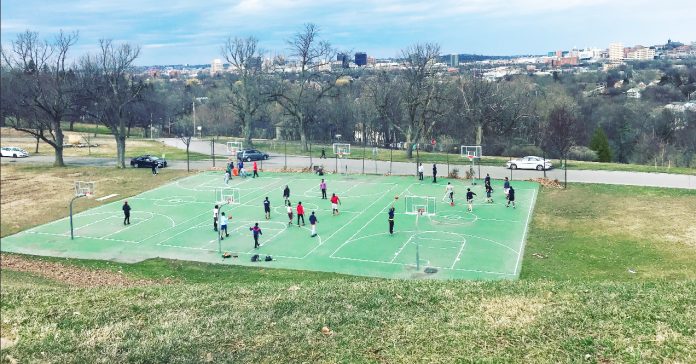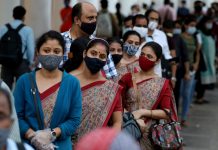Schools and non-essential businesses are closed as New York remains under a stay-at-home order to slow the spread of coronavirus. Essential workers, such as law enforcement, healthcare professionals and staff at grocery stores and restaurants, are still on the job; the rest of us are supposed to only go out for essentials, like food and medicine, and practice social distancing by staying six feet apart from other people at all times.
So… are we doing a good job? Is Central New York staying at home?
Google mobility data released Tuesday shows where people in 131 countries are going amid the COVID-19 pandemic, using anonymous location data from users of Google products and services. The information is compiled into charts showing population trends in six categories: Retail and recreation, grocery and pharmacy, parks, transit stations, workplaces, and residential.
The COVID-19 Community Mobility Reports website breaks down the data by state and county, showing which regions are following social distancing rules by comparing baselines from late January to the end of March. Here’s how well we’re doing in New York state, Onondaga County and the surrounding area:
NEW YORK STATE:
Retail & Recreation: -62% (compared to baseline from six weeks ago)
Grocery & Pharmacy: -32%
Parks: -47%
Transit stations: -68%
Workplace: -46%
Residential: +16%
ONONDAGA COUNTY:
Retail & Recreation: -53%
Grocery & Pharmacy: -29%
Parks: +38%
Transit stations: -55%
Workplace: -36%
Residential: +11%
MADISON COUNTY:
Retail & Recreation: -40%
Grocery & Pharmacy: -18%
Parks: Not enough data
Transit stations: -62%
Workplace: -36%
Residential: +22%
CORTLAND COUNTY:
Retail & Recreation: -42%
Grocery & Pharmacy: -9%
Parks: Not enough data
Transit stations: Not enough data
Workplace: -31%
Residential: +22%
The charts show residential data usage increased in every county, while it declined dramatically in retail and recreation (such as movie theaters and libraries), grocery stores and pharmacies, transit stations and workplaces. In some cases, there was an increase at parks, where people may be able to exercise in open spaces and continuing to practice social distancing.
In other words, people appear to be staying at home more and limiting trips to stores and other places. The figures also match grades given by human mobility data company Unacast last week, showing most Empire State residents were making improvements in social distancing compliance through GPS location monitoring data.



























